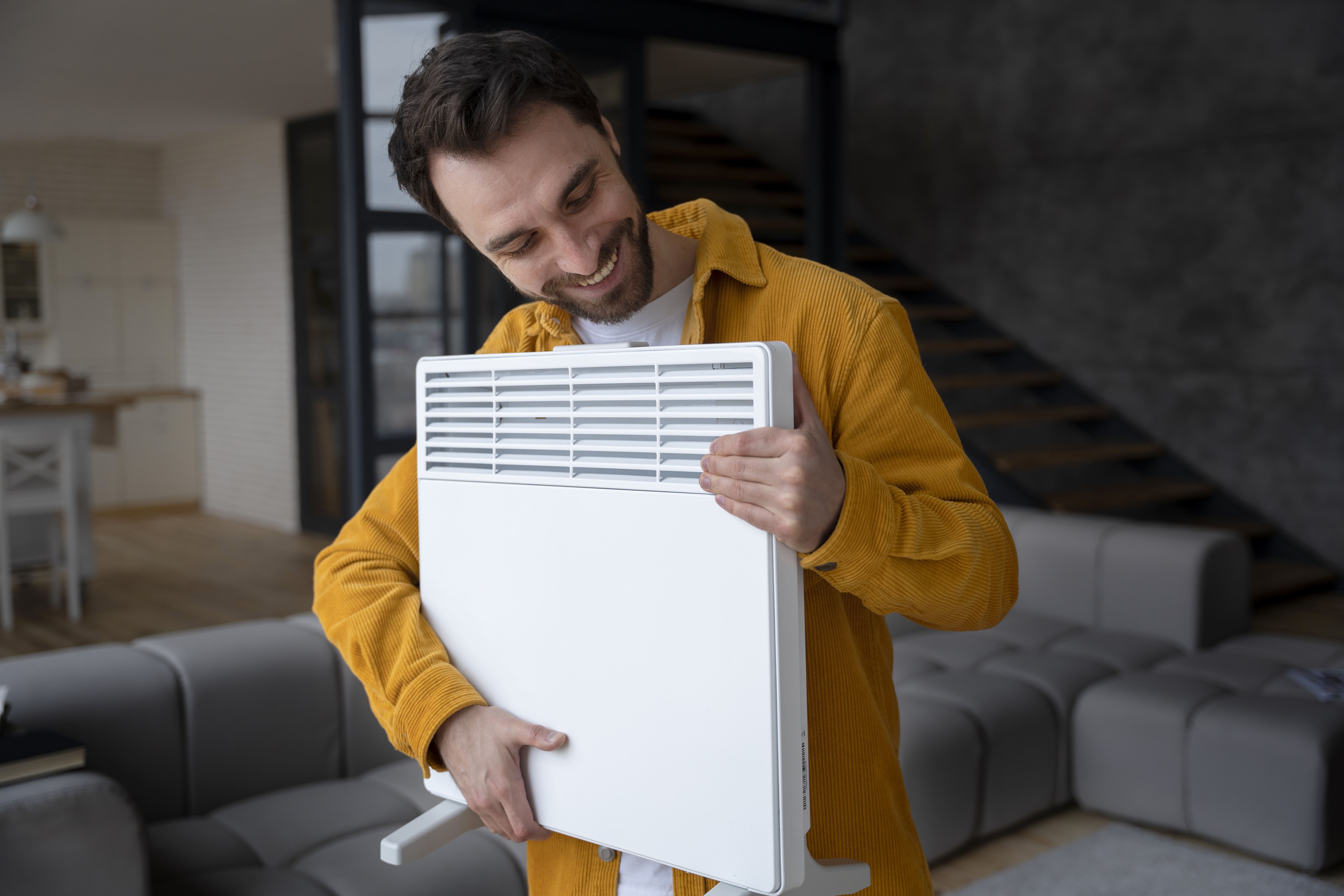This Air Conditioning Strategy Is the Sweet Spot for Saving Energy and Money, Experts Say
Air conditioning is an expensive luxury that has gained popularity in times of the hottest season and provided relief and comfort when the surrounding temperature was elevated. Nevertheless, there is a general controversy within properties among proprietors that would examine the usefulness of the AC when not at home or of turning off the appliance entirely. Scholars state that there is no universal solution.
There are those who put forward the argument that turning off the AC during a few hours even when a person is not home will save on energy and lower bills. It has also been argued by other people that this will not result in overworking the system as it attempts to cool a warm house after being idle. Experts in the industry would reach an agreement that activating the thermostat a few degrees higher when people are absent is the most reasonable solution since it would at the same time consider comfort, humidity management, and energy management.
The energy and financial benefits of shutting down the AC against the uninterrupted use of the equipment can be substantial, but it could also cause the proliferation of the mold in the damp conditions and increase the rate of wear and tear, causing more frequent repairs. The type of comfort preferences, AC units, and building insulation are the variables that affect the optimal strategy.
Varying Strategies for Humid and Dry Climates
The U.S department of energy suggests that to reduce heating and cooling expenses by 10 percent per year, imposing a variation of 7-10 degrees Fahrenheit in the thermostat (about eight hours/day) can save one the money that could be spent in heating and cooling. This suggestion does not suit across all the countries; climatic conditions are a decisive factor.
In a dry area like Arizona, it is commonplace to open the door to allow the house to warm up under the sun, by turning up the thermostat. In moist climates like Florida, however, the extended off periods of AC may allow the development of indoor dampness that increases the risk of mold. A simple thermostat low is usually desirable within such localities.
Mechanical engineering professionals equate that each degree of the thermostat can decrease cooling expenses by an average of 3 per cent. However, switching the AC off and back on serves the purpose of burdening the system further. Units in the present age take 15- 30 minutes to achieve the peak efficiency, once it is switched on.
Home Construction Impacts Energy Use
The nature of the building which one lives in has a significant impact on energy-use. The houses made with concrete or with bricks can retain the cool air longer making the thermostat setbacks very effective. The houses are old and lack proper insulation; this means that these houses take shorter time to heat thus, the AC set can be adjusted even in the shortest absence saving energy.
Most families have window air conditioning units which are usually inefficient because of inefficient way of sealing in the windows. Canadians are being advised to insulate points of draftiness on the homes using foam sprays to keep the cooled air in and minimize energy loss.
The Role of Smart Thermostats
Smart thermostats do a lot of guesswork away by learning patterns of occupancy using sensors. These gadgets automatically change the thermostat settings to save power when no one is at home and to bring down the temperature when occupants come back hence resulting in a saving of approximately 10 nothing less than the savings made by manual thermostats.
Tips for Cooling Without Air Conditioning
In addition to the use of thermostats, there are easy home-based mechanisms of cooling the homes without the use of air conditioning only. It is possible to open windows at night when it is cold out and ventilate and cool the house, but in damp climates the home could bring moisture that the air conditioner will then need to attend to.
A close out of blinds, or window films which reflect sunlight can drastically decrease heat figures. Some blinds are made to reflect sunlight particularly to reduce the number of degrees in the house.
Conclusion
To sum it up, the process of air conditioning includes the definition of the most advantageous approach that requires a compromise between the energy-saving and low costs, as well as indoor comfort, consideration of climatic factors, and building features. High setting of the thermostat when there are no people at home can be very beneficial in terms of coined savings, especially in combination with well-insulated and energy efficient building structure and smart use of smart thermostats to adjust to human occupancy schedules. However, when moisture content and mold growth are to be prevented, it is essential to maintain a certain amount of cooling in the hot and humid weather. Moreover, some simple steps like night time ventilation and use of reflective window cover can be used to boost cooling without losing the energy efficiency. Finally, the most efficient solution to save energy and spending and stay in the comfortable environment is the customization of the air-conditioning functioning to the peculiarities of the locality and the characteristics of the building.

